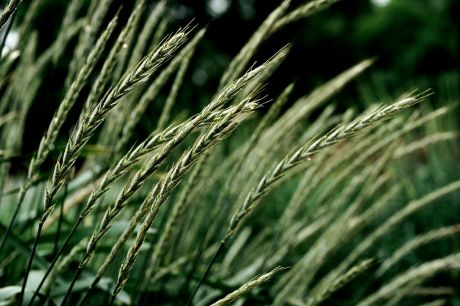The wheat genes that transport nutrients

Hybrid_perennial_wheat_in_the_field
By Dehaan (Scott Bontz) [CC BY 3.0 (http://creativecommons.org/licenses/by/3.0)], via Wikimedia Commons
Researchers have identified how wheat plants control the movement of nutrients from leaves into the developing grains. The work helped them develop a highly accurate wheat genetic map.
When cereals develop seeds, minerals and other nutrients from the leaves
have to be relocated into the seed head. In wheat, a gene called grain
protein content (GPC) controls this process, but the details of this
process are not clear.
The EU-funded WHEAT SENESCENCE (Dissection of the senescence and mineral remobilization pathways in wheat) project uncovered some of these details using mutated wheat plants.
Scientists genetically modified wheat plants so that certain versions of the GPC gene no longer existed (there are two copies of the gene). By looking at which processes are disrupted in the absence of the genes, they could discover the exact functions of each gene.
Researchers grew the mutant plants and normal plants under field conditions at four different locations. The results showed that plants missing the GPC genes did not lose their leaves as fast, and that the nutrient content of the grains was lower.
Using the mutant plants, WHEAT SENESCENCE also identified hundreds of genes affected by expression of the two GPC genes. These were mostly genes involved in transporting sugars, iron and zinc.
Finally, researchers created a highly detailed wheat genetic map, which will be used by an international research consortium for further study. Project results could help to identify genes for modification or selection to improve the nutritional content of cereal crops.
published: 2016-02-15

